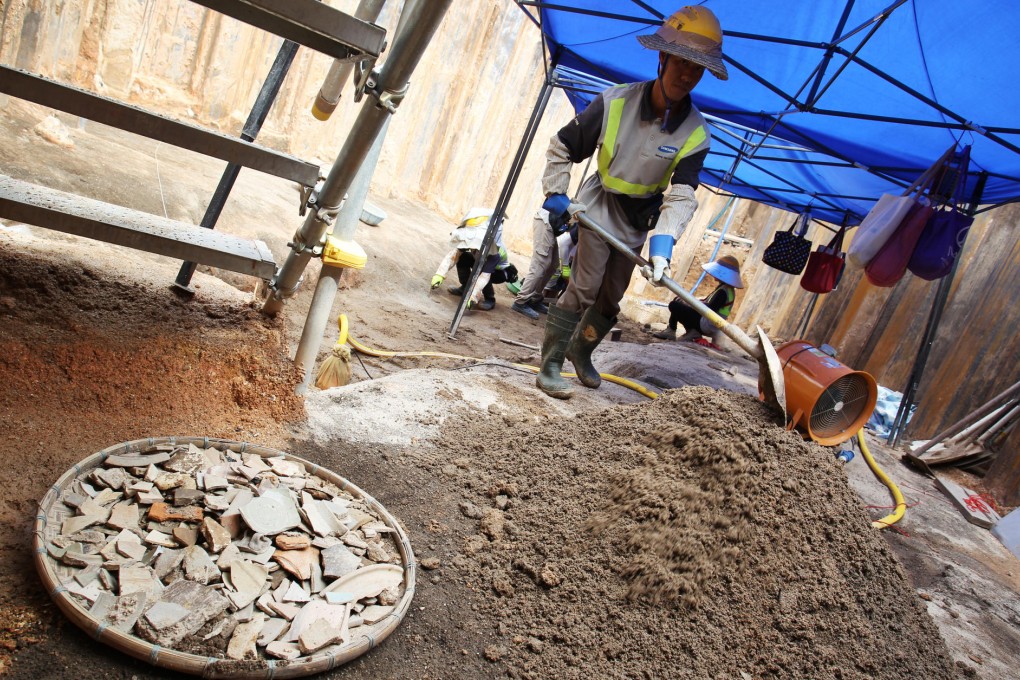Systemic problems facing attempts to preserve Hong Kong's heritage
Archaeologists say their attempts to preserve Hong Kong's heritage face many systemic problems

In fast-paced metropolitan Hong Kong, it is easy to forget the past, but a recent slew of underground and underwater discoveries have reminded people that their city has a long history.

While many think of Hong Kong as a young island discovered only in 1842, the city has ancient roots. More than 200 spots here have been officially identified as "sites of archaeological interest", with remains dating as far back as the Stone Age.
Among the best-known sites are the Lei Cheng Uk tomb from the Eastern Han dynasty (AD25-220) and the remnants of the Kowloon Walled City built by the Qing dynasty in 1847.
Some of the less publicised but historically significant sites are the 20 burial spots of the late Neolithic to early Bronze Age in Ma Wan and the old kiln in Wun Yiu village, Tai Po, dating back to before 1688 - all evidence of a rich cultural heritage.
But the archaeological potential casts into sharp relief some long-standing problems in the system, say insiders in the field.
"Unfortunately there are too few people engaged in archaeological work in Hong Kong and there is no professional body," one said.